





Copyright © 2020 M.Kenny, A.McGuire and E.Jones. All Rights Reserved
No parts of this website maybe copied or reproduced without permission









Sketchbook: Investigating the Design Context
Before your mind becomes solution focused this task is a way of exploring lots of potential problems associated with the deign contexts, or potential products that you could manufacture.

Inspiration for investigating the design context

Pro-design words can be used to aid your task analysis and provide you with lots of avenues to explore. You can identify if form is more important than function or vice versa. Below are some examples of pro- design words. Research them further and list the words you think you will influence your designing to help you solve a problem or design a new product.
The chief enemy of creativity is 'good' sense.
Pablo Picasso


Inspiration for investigating the design context
Below are some inspirational presentations that look at potential problems and re-designing everyday products. Click on the images below to access the presentations.
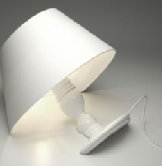
Inspiration for a Design Context
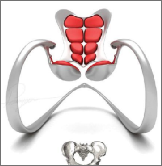
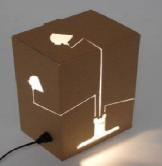
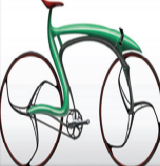

Storage and Furniture Inspiration
A mind map is a good method to help you analyse the problem in more detail and gives you lots of useful avenues to explore. Remember to be adventurous at this stage, do not forget to write down all thoughts no matter how silly, weird or wacky! These often lead to the most unusual solutions or the best designs and show risk taking which leads to higher grades.






































TASK 1: Investigating the Design Contexts
Produce two mind-maps in your sketchbook on two pages investigating your favourite two design contexts. Leave a blank page in between each mind-map to conclude your findings….
|
●
|
You need to analyse the two design contexts, looking at the possibilities for potential problems to solve within each context. (This method achieves the highest marks)
|
|
●
|
You need to analyse the two design contexts, looking at the possibilities for potential products you could manufacture within each context.
|
|
●
|
These mind-maps should include information about how the products are designed to be environmentally friendly.
|
|
●
|
Just remember that the product you aim to create should be sized between an A4 and A3 piece of paper at GCSE level and in year 12. Bigger projects can be scale models as well as architectural projects
|


Mood-boards
For the two mind-maps you have just produced in your sketchbook produce two mood-boards full of images to inspire you and give you more potential avenues and ideas to explore. Remember at this stage you can still add onto your mind-maps

Pinterest is a really good website to build mood boards that you can build without
taking space up on your PC. You can set up a range of different mood boards that
can be used in your sketchbook to inspire and bulk out your pages……….
You can pin images to these folders or categories and then expand them further to
reveal more information critical to your analysis etc….

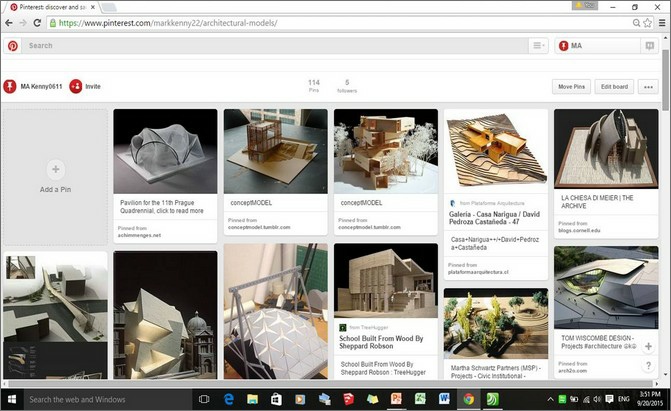
You can set up folders or categories and then add images and inspiration to them
to aid in your analysis and design inspiration later on etc….




Critical Evaluation
For the two mind-maps and mood-boards you have just produced in your sketchbook produce a critical evaluation for each context. What problems could you possibly solve, what project could you manufacture? What will it look like? Who will it be aimed at? What environmental considerations do you think you will need to take into account? Hover over the key words below to help you construct your critical evaluation..





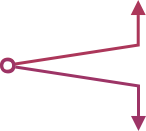
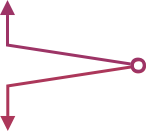
















Aesthetics
- What do you intend your product to look like?
- What colours, styling, patterns do you intend to design your use?
- How important are aesthetics?
- Is form more important than function?
- What theme or inspiration will you use?
- Will you carry out market research, research an art movement, a theme, make observations
and drawings to inspire you. Collect images?
Cost
- What price range will your product fall into?
- Will it be expensive, cheap, mid range.
- What materials, processes and finishes will you use, does this reflect the cost?
- Will you be able to reuse or recycle materials?
- Where will you get these materials from to cut down on cost?
- Is all of this something you will decide when you start designing or later?
Consumer
- Who do you intend your consumer to be?
- Who are you are designing for at this stage or will you determine this as you research
or design your product?
- How old they are?
- What is their profession?
- What interests they have?
- How much money they earn?
- How will you collect information about your target market
Environment
- How will the product effect the environment:
- When it will be made (manufacturing process): materials used, energy used
- When its being used, will it give off any emissions or pollution?
- When it is disposed of, will it be recyclable, will it be able to be reused
- What other environmental considerations will you have to take into consideration.
Safety
- How safe will the product be to use?
- What are the dangers of using your product (sharp edges, toxic paints, electric components,
weight etc)?
- How will you make it safe for the intended user (example;. “all electrical components
will be housed in a waterproof casing”)?
- How will you reduce the risk of injury?
- How big is the product GENERALLY going to be? For example: “it will be pocket size
so that it can be kept with the user at all times.”
- How big will certain parts of your product be?
- Will it be adjustable?
- Have you been given any confinements as to how big your project needs to be?
- What information will you need to find out?
Function
- Is form more important than function or vise versa?
- Will your product be multifunctional? If so why?
- What information will you need to research in order to manufacture your product?
Make your product work?
- Will you need to know about light fittings, electrical components, springs, mechanisms
etc?
Materials
- You may not know exactly what materials you will be using yet however you should
have an idea of the sort of product you will make i.e. Cheap, low quality, high quality,
expensive. This will have an effect on what type of materials you will use:
- high quality materials such as...
- cheap materials such as...
- You may also you the sorts of properties different materials have such as thermal
etc.
Problem
- What potential problems / user needs have you identified?
- Which ones have the most potential as a successful product?
- How will you carry out market research, materials, function, size etc.
- Who will this product / outcome be aimed at
- Will this affect the cost of the outcome?
Project
- What project / outcome could you ?
- What colours, styling, patterns do you intend to design your use?
- How important are aesthetics?
- What environmental considerations will you need to take into account
- Is form more important than function?
- What theme or inspiration will you use?
- Will you carry out market research, research an size, aesthetics, consumer etc.



















































































































